There will be no shortage of picnic areas, nooks and crannies for barbecuing with friends and hiking trails in the vicinity for discovering these idyllic areas.
The following map shows the five lakes’ locations across Switzerland.
The lakes are close to five villages which are members of the association “Les plus beaux Villages de Suisse” (The most beautiful Villages in Switzerland), which aims to protect and promote villages that have a distinct architectural, landscape and historical beauty.
1. Lai da Palpuogna: Bergün (Gr)
Bergün is a charming village in Canton Graubünden set like a gem in Switzerland’s largest nature park, Parc Ela.
Its unique location between the Engadin and the Albula Pass has shaped the history, culture and architecture of the village.

Testimony to this are the typical Engadin houses decorated with the ‘sgraffito’ technique, the Kurhaus hotel that takes us back in time to the Belle Epoque and its Romanesque church, which houses an astonishing frescoed wooden ceiling.
And it is precisely on the Albula pass that we find the idyllic Lai da Palpuogna with its crystal-clear waters and a larch forest reflected in its changing colours. In a well-known Swiss television programme, this lake was voted the most beautiful place in Switzerland.
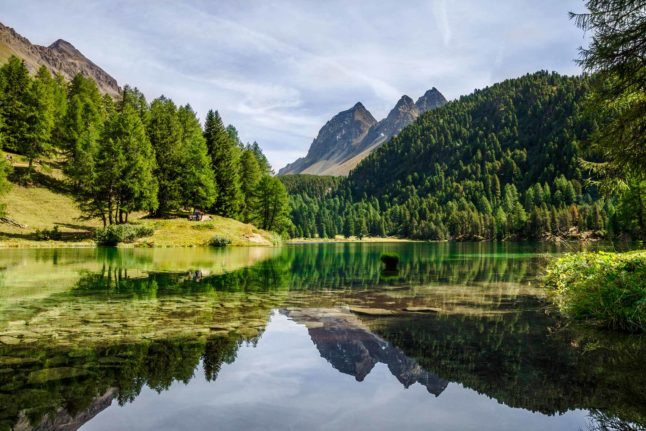
Starting point: Preda (train station) : 1 Km / 120 m difference in altitude / 20 minutes walk
2. Lag da Breil: Breil Brigels (Gr)
In the Surselva region, in the heart of the canton of Graubünden, we drive up the main road to Breil/Brigels.
This beautiful alpine village is a jigsaw puzzle of sumptuous wooden chalets and little churches, one more beautiful than the other, such as the church of St. Sievi, which stands in a panoramic position and is visible from everywhere.

Here we are at the gateway to the Val Frisal, a fascinating side valley ideal for summer hiking.
Just a stone’s throw from the village centre, we find the Lag da Breil, a turquoise-coloured freshwater lake that invites tourists to relax on its shores.
There is a large car park, a mini-golf course, ski lifts and a playground right next to the lake… in short, all kinds of activities for everyone!

Starting point: Breil/Brigels (Church) : 900 M / 33 m difference in altitude / 10 minutes walk
3. Lago Saoseo: Poschiavo (Gr)
Poschiavo is a little Rome of the Alps, with its bell towers and opulent towers and an array of museums and state-of-the-art cultural spaces.
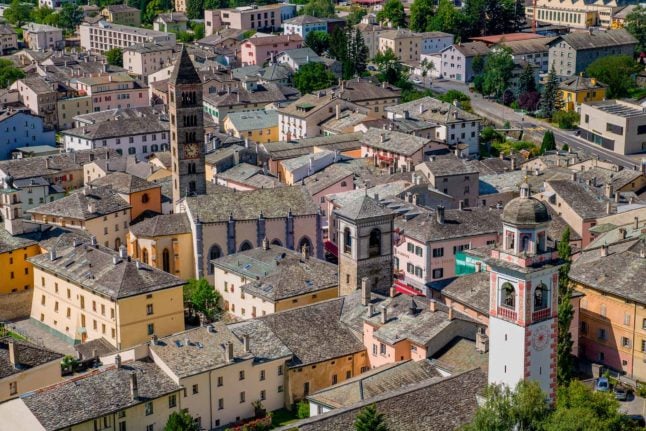
This small town in the Italian-speaking part of Switzerland has always been a key crossroads between Switzerland and Italy, and even today, the famous little red Bernina train links the two nations, travelling through glaciers, forests and wild mountains.
From the locality of Sfarzù, just a few minutes from Poschiavo, it is possible to walk or take the post bus up to Lake Saoseo. This Alpine lake is a concentration of unique beauty and is set like a jewel in a dense larch forest.
From here, with a little more effort, you can also reach the Lagh da Val Viola, a little larger in size but equally magnificent.
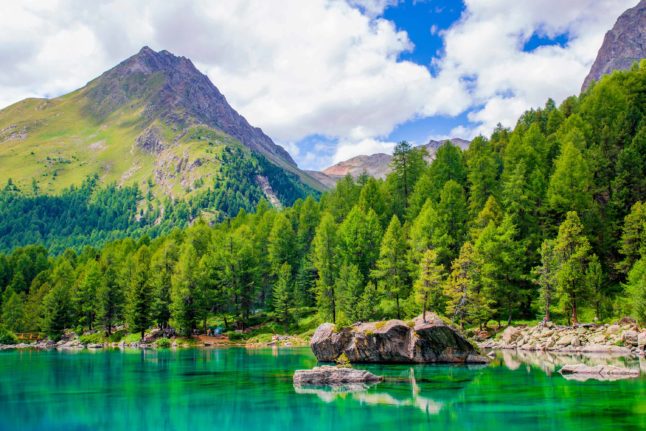
Starting point: Sfarzù (bus stop) : 5.5 km / 420 m difference in altitude / 1h30 minutes walk
4. Rotelschsee: Simplon Dorf (Vs)
The Simplon Pass has always been a key commercial junction for trade between northern and southern Europe, connecting Brig in Switzerland with Domodossola in Italy.
First Baron Stockalper, and then Napoleon Bonaparte, were able to create a road linking the two cities, and halfway along, the village of Simplon Dorf benefited. This ancient Italian-looking village contains an amazing square crowned by iconic buildings such as its museum.
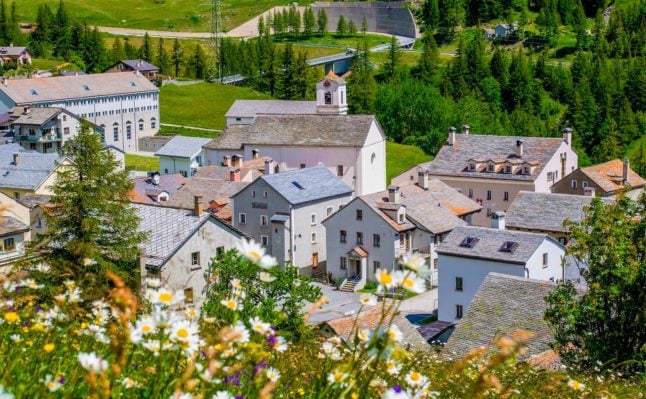
And it is precisely at the highest point of the Simplon Pass, at an altitude of around 2000m, that some very picturesque natural lakes have been created.
These include the Rotelschee lake, located just a few minutes behind the hospice, and the Hopschusee lake near the alpine pasture of the same name.
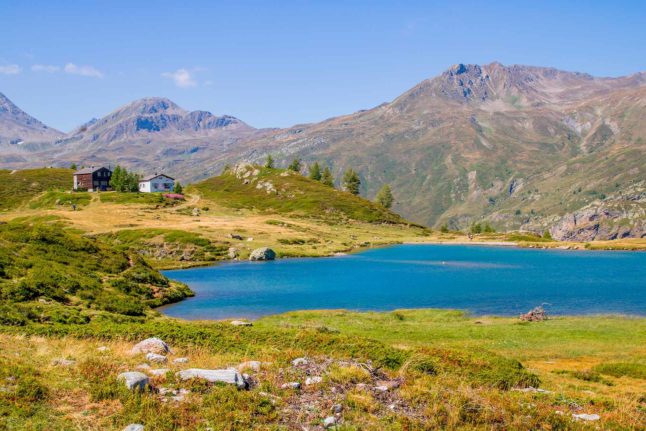
Starting point: Simplon Pass (Hospiz) : 700 m / 50 m difference in altitude / 10 minutes walk
5. Gänglesee: Triesenberg
The Principality of Liechtenstein shares not only language and currency with Switzerland, but also many traditions and peculiarities.
For example, the village of Triesenberg boasts a Walser past and even today, a different dialect is spoken here than in all the municipalities of the small country.

Since 2019, this village has been included in the Swiss network of ‘The most beautiful Villages in Switzerland.

All these excursions, and many more feature in the Les plus beaux Villages de Suisse free to download app available in English for iOS and Android.
To reach these magnificent freshwater lakes and much more, why not check out from ‘The most beautiful Villages in Switzerland‘?


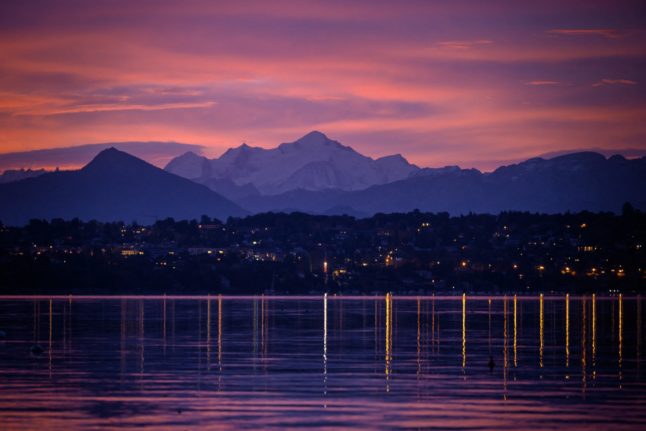
 Please whitelist us to continue reading.
Please whitelist us to continue reading.
Member comments